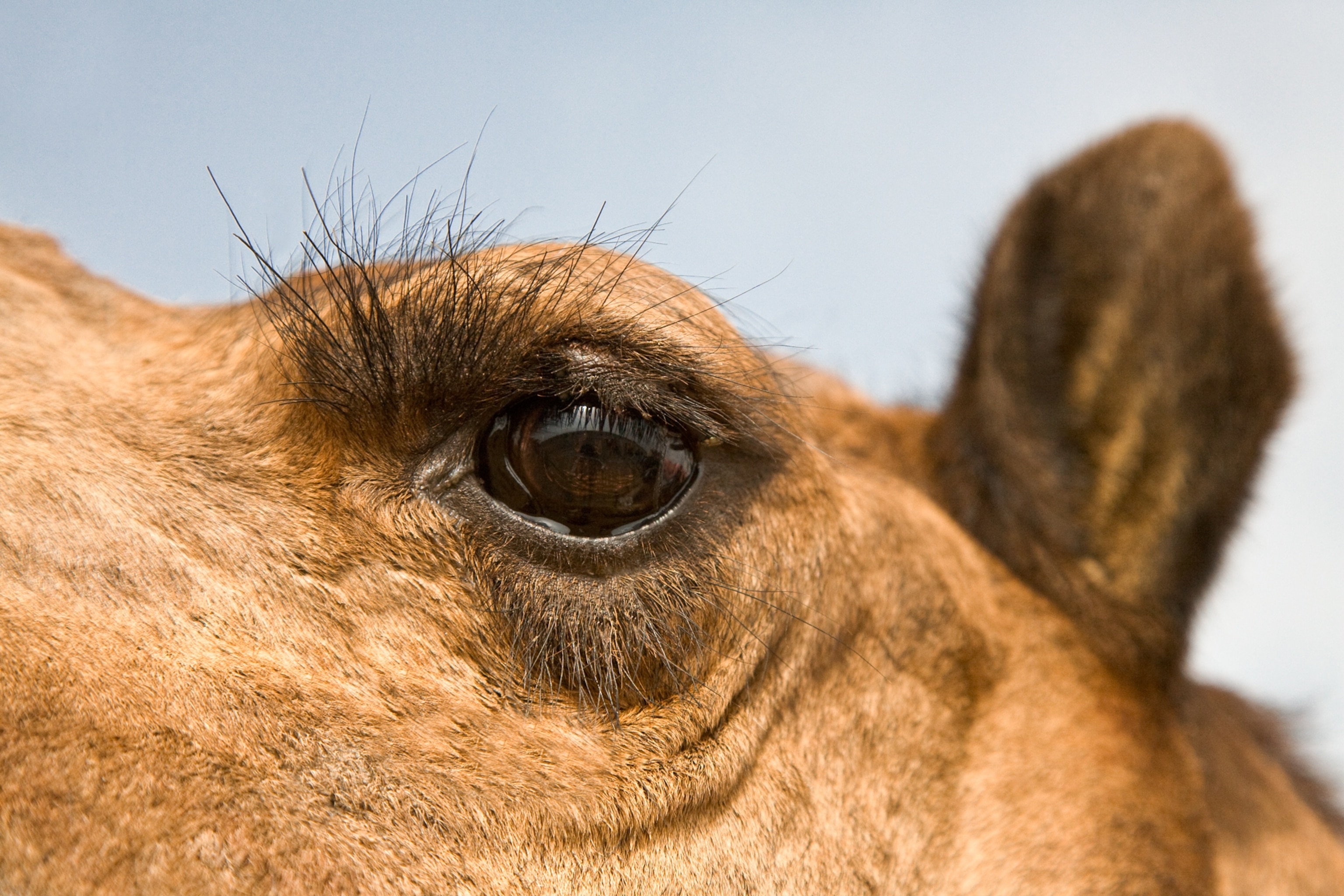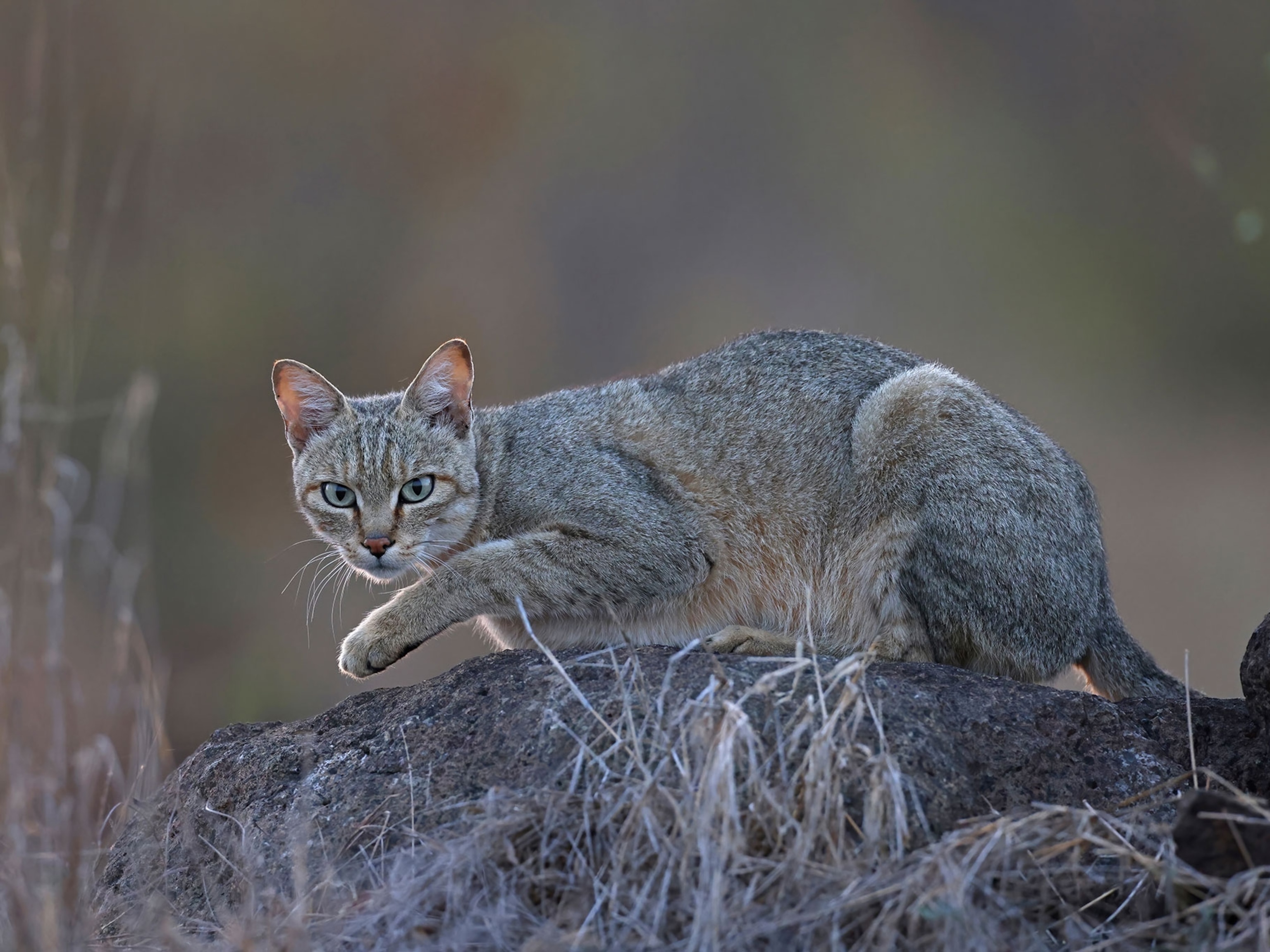
Longer Eyelashes May Be Sexier, But Not Always Better
Experiments reveal the recipe for perfect lashes: a "golden ratio" that best protects eyes.
Sure, eyelashes are good for batting. But the delicate hairs have a serious purpose: protecting the eyes and keeping them moist.
What's more, a recent study—perhaps the most rigorous study of eyelash aerodynamics ever conducted—found the optimal lash length for protecting the eye and discovered a number of animals that have it.
A good set of lashes can cut evaporation from the eye by up to 50 percent, researchers report in Tuesday's Journal of the Royal Society Interface. Lashes can also halve the number of airborne particles—some laden with bacteria or other germs—that land on the eye's surface, the team says.
Perhaps that helps explain why people without eyelashes have more eye infections than people who do, says study co-author David Hu of the Georgia Institute of Technology.
"People think eyelashes are cute," Hu says. "But they're actually protecting us from a lot of extra illness."
The function of eyelashes is not a hot scientific topic, but Hu became captivated with the subject after the birth of his first child. Marveling at her exquisite lashes, he wondered why we have them and which other animals do too. The scientific literature was skimpy—no one had done the experiments to prove lashes' powers as dust catchers—so Hu dispatched a student to measure the eyelashes on animal pelts at New York's American Museum of Natural History. (Learn about the mites that live in eyelashes in a National Geographic blog and video.)
The resulting measurements showed a curious consistency. From the pineapple-size Amur hedgehog to the enormous giraffe, 22 mammals had eyelashes roughly one-third as long as the width of their eyes. The researchers didn't take calipers to any Homo sapiens' eyes, but based on numbers reported in other studies, they estimate that human eyes follow the one-third rule too.
Rule of Thirds
Why would one-third be the magic number? To find out, the researchers created an artificial "eye" out of a small water-filled dish and a circle of plastic mesh that simulated lashes. A miniature fan scavenged from a desktop computer provided airflow over the eye. The researchers carefully tabulated how much water evaporated from the eye and how many tiny particles blown by the fan made their way onto the eye's surface.
The results showed the wisdom of having lashes at a golden ratio. Both evaporation and the deposit of tiny contaminants onto the surface of the eye were minimized when lash length was close to one-third of eye width.

Computer models built by the researchers found that even short lashes help to divert air away from the eye's surface. Longer lashes direct even more air away—but only up to a point. Lashes that are more than roughly one-third the eye width actually funnel more air toward the eye, the researchers found.
Study co-author Guillermo Amador, a Georgia Tech graduate student, says they expected that "longer eyelashes would be better." Instead, "it seems like nature has come to this optimal eyelash length to help protect the eye, and making eyelashes any longer doesn't really benefit them."
The research team's data provide strong support for their claims about the role of the lashes, University of Delaware mathematician Richard Braun, who studies the films made by tears, says via email. He also agrees with the authors' suggestion that lashlike filaments may be a good way to keep dust off large objects such as solar panels—which, like eyes, need to stay clean to let light in.
The findings are "quite convincing" for the smaller and slower mammals, says Jake Socha, who studies animal biomechanics at Virginia Tech. But he notes that the study doesn't take into account the different airflows felt by bigger and faster animals, and study researcher Amador doesn't disagree.
"This is a new idea that's fascinating, and there's great evidence for it," Socha says. "Finding the solution—we're not quite there yet."
Follow Traci Watson on Twitter.





